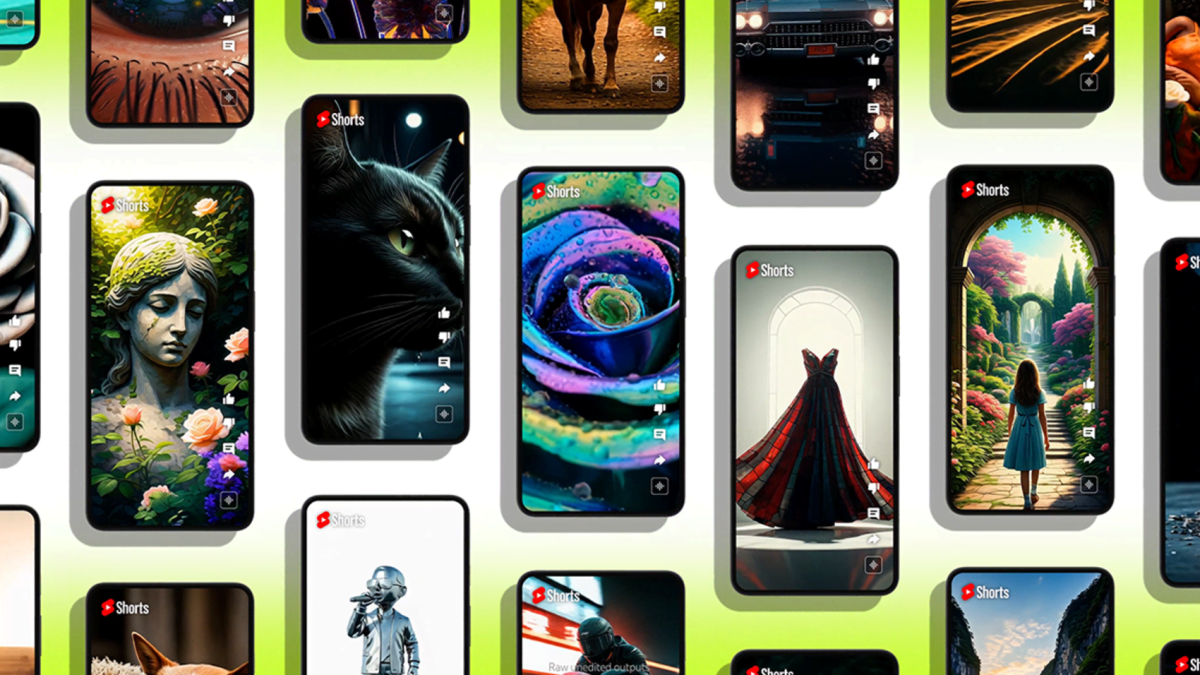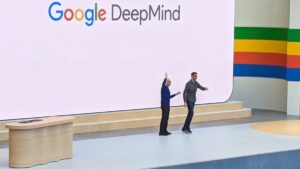YouTube Introduces New AI Features from Google DeepMind for Shorts Creators

YouTube Introduces AI Features for Creators on Shorts
YouTube has recently unveiled a set of artificial intelligence (AI) features aimed at enhancing the creative process for users on its Shorts platform. During a presentation on Wednesday, YouTube CEO Neal Mohan highlighted these advancements, which utilize Google’s DeepMind video-generation technology. The new features, labeled "Veo," aim to assist creators in producing engaging content more efficiently.
What are the New AI Features?
The Veo features provide several innovative options for content creators:
- AI-Generated Backgrounds: Creators can now enrich their videos with backgrounds generated by AI technology. This allows for greater creative expression without needing extensive background editing skills.
- Six-Second Video Clips: With Veo, creators can also generate short, stand-alone clips (lasting six seconds) using simple text prompts. This feature is expected to streamline the content creation process, making it quicker and easier to come up with engaging ideas.
Mohan expressed optimism that these enhancements would inspire creators to generate more Shorts videos and bring their creative visions to life more rapidly. "Everything we showed with AI is meant to enhance your work and make it more efficient," he explained during the Made on YouTube event held in New York.
Enhancements Over Previous Features
The Veo features build upon an earlier capability, "Dream Screen," that YouTube introduced in 2023. While Dream Screen provided some automation, the Veo updates are designed to offer a more advanced level of customization and ease of use. According to YouTube, the full rollout of the Veo AI-background feature is planned for later this year, while the AI-generated six-second clips will be available by 2025.
New Tools in YouTube Studio
In addition to Veo, YouTube also announced new functionalities within the YouTube Studio app. These tools will enable creators to leverage AI not only for video generation but also for creating titles, thumbnails, and brainstorming video ideas. These features are set to launch in late 2024, expanding the toolkit available to creators.
Concerns from the Creator Community
While many creators are eager to use these AI advancements, some have voiced reservations. Criticism has surfaced regarding the ethical implications of using creators’ content to train AI models like Veo. Notable creators, such as entertainer Thomas Simons, who has amassed over 15 million subscribers, have expressed discomfort with the increasing reliance on AI. Simons remarked, "I don’t know how I feel about this AI stuff. It doesn’t fill me with confidence and love."
Moreover, there are broader worries about the potential for AI-generated content to flood platforms like Facebook, leading to a decline in content quality. Critics fear that such trends may diminish the human aspect of creativity and lead to issues around intellectual property rights.
Transparency in AI Content Creation
To address some of these worries, YouTube is implementing measures to identify AI-generated content. Videos produced using AI will come with a watermark and a label explicitly stating that the content was created by AI, aiming to maintain transparency within the community.
The Future of the Creator Economy
Overall, the introduction of generative AI changes the landscape for creators, giving them access to sophisticated tools that were once exclusive to larger companies. Mohan emphasized the importance of intertwining technology with creativity, stating, "We really sit at the nexus of that technology and creativity." By merging these aspects, YouTube aims to support human creativity and enhance the potential of the creator economy.
These developments signify a pivotal moment for YouTube and its creator community, as they embrace new technologies to enrich content creation and engagement. With these innovations, YouTube continues to position itself as a leader in adapting to the evolving digital landscape.






